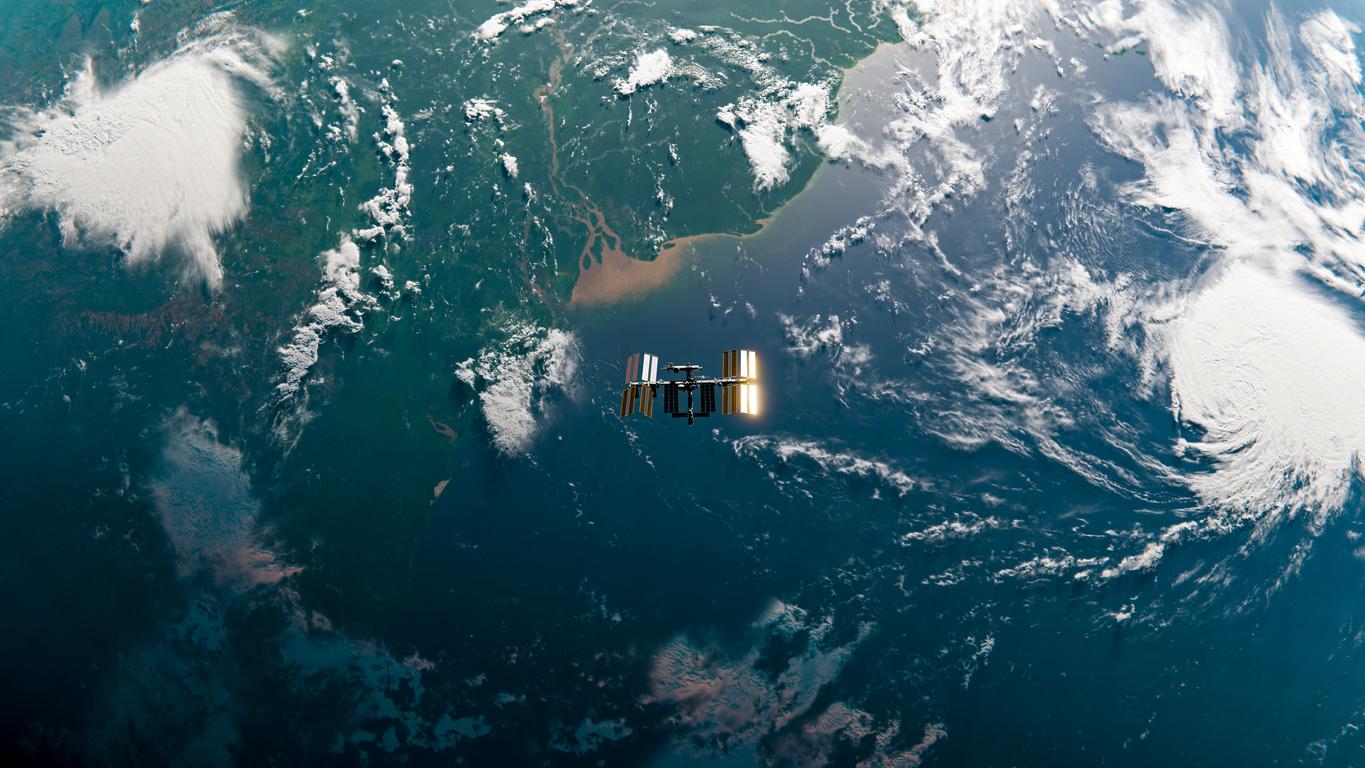“I think we've been living in a world that [believes that] somehow the economy lives outside of the environment, and that’s a myth. And the impacts of living within that myth are starting to be seen across different variables: water usage, climate change, greenhouse gas emissions. I think the time is now to really act in a way where we're connecting the economy to the environment,” says Jamie Herring, CEO of Climate Engine.
Join BMO’s Michael Torrance, Justin Huntington, Founder and Chief Science Officer of Climate Engine, and Jamie Herring of Climate Engine as they discuss Climate Engine’s innovative spatial analytics tools leveraging Earth Engine and satellite big data to analyze climate risk, for sustainability management and climate finance. Climate Engine is a firm that specializes in the unique delivery of satellite-based data insights to support climate resilience, sustainability and predict climate risk.
In this episode:
How Climate Engine analyzes and interacts with climate and earth observations related to drought, water use, agriculture, wildfire, and ecology
Climate Engine can observe long histories of what's happened in the past and how climate's been related to those historical events
The new technology Justin and Jamie developed that takes seconds rather than months to process petabytes of information
How satellite data now allows us to see the impact of economic activities on the climate that were previously hidden and why tying this to financial instruments can make a difference
Sustainability Leaders podcast is live on all major channels including Apple and Spotify.
